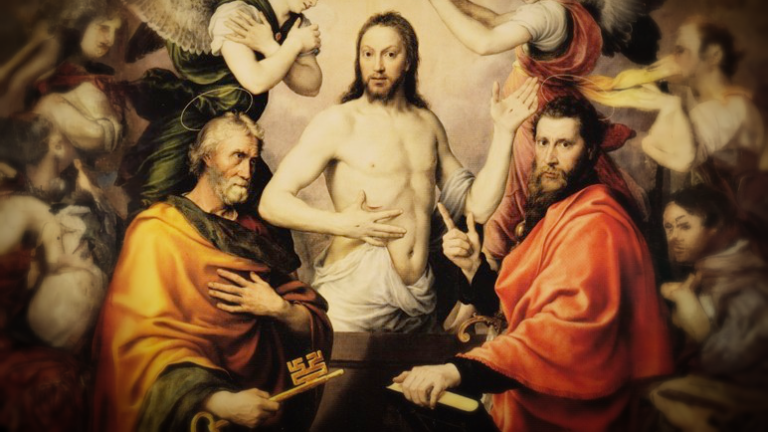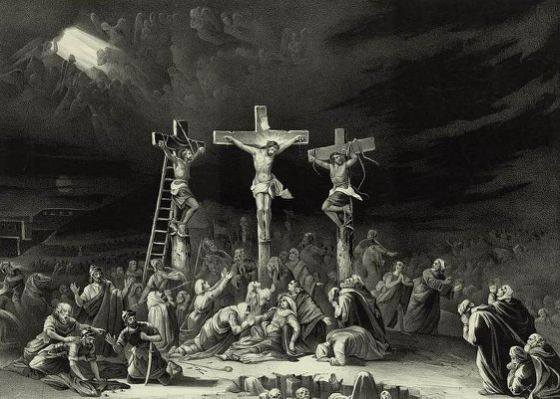When early fabric mills replaced home spinning wheels and looms, lots of newly unemployed children were hired to work in those mills. As those mills either automated or moved to areas of cheaper labor, children who worked in such factories had nothing to do. To keep them off the street, and provide jobs for teachers and administrators who, after all, had gone to “college” and thought they had a right to have a good job that kept them off the street, cries for “public education” expanded quickly.
By WWI, most American children were in public schools that taught them so well that high school graduates could generally do geometry, trig, solve quadratic equations, do calculus, survey fields, read and write Latin and sometimes Greek, had read widely in history, knew geography, and were more knowledgeable than most of today’s college graduates.
The relentless march of automation, combined with electrification and internal combustion engines, let ever fewer people produce ever more goods and services. By 1960, “keep ’em off the streets longer” movements were in place that accelerated the “dumbing down” of students, forcing them to largely waste another four years in colleges and universities to meet the “vital, new requirements” for many jobs. At the same time, increasing and utterly imaginary “certification” needs made it necessary to spend an additional two years in school to get a “masters degree” that qualified the recipients for the further “certification requirements ” for favorable employment status in ever more useless jobs, keeping them off the streets for even longer times. This was accompanied by a plethora of “doctorates” that qualified even fewer, and ever dumber, people for even higher paying jobs. Today, many people are kept off the streets until they’re in their mid-thirties.
Now, many students spend a quarter of their lives attending “schools” of increasing uselessness. They were successfully kept off the streets while in “school” and are ususally paralyzed by crippling debt when they graduate. These processes were also designed to keep them from having more children during prime child-bearing years, another way of keeping more people off the street. Western governments were so successful in permanently removing generations of children from the streets that streams of what were hoped to be more docile immigrants had to be imported to do much of the actual work that those locked away in various colleges and universities were no longer in a position, or thought they were “too good” to do.








